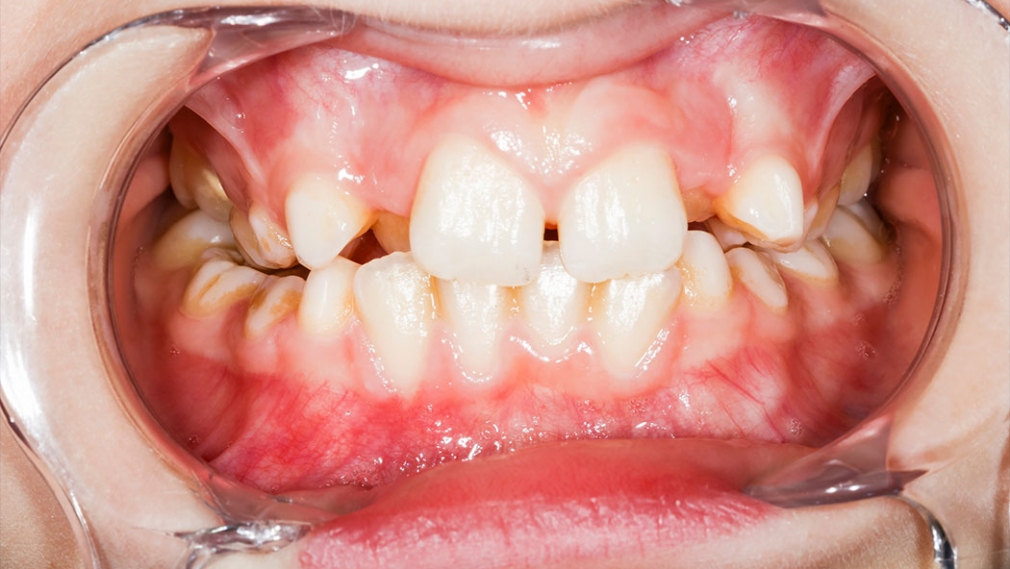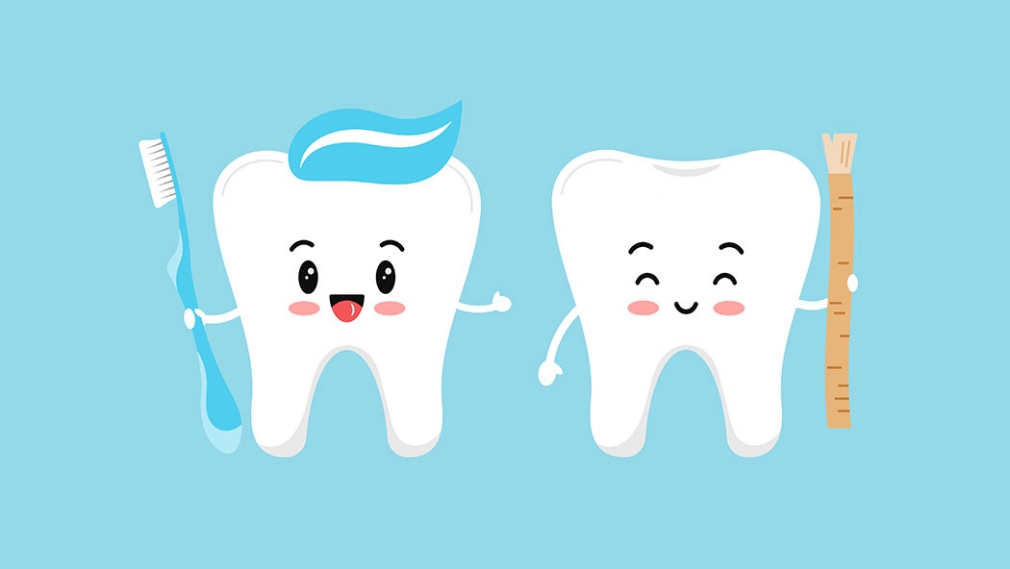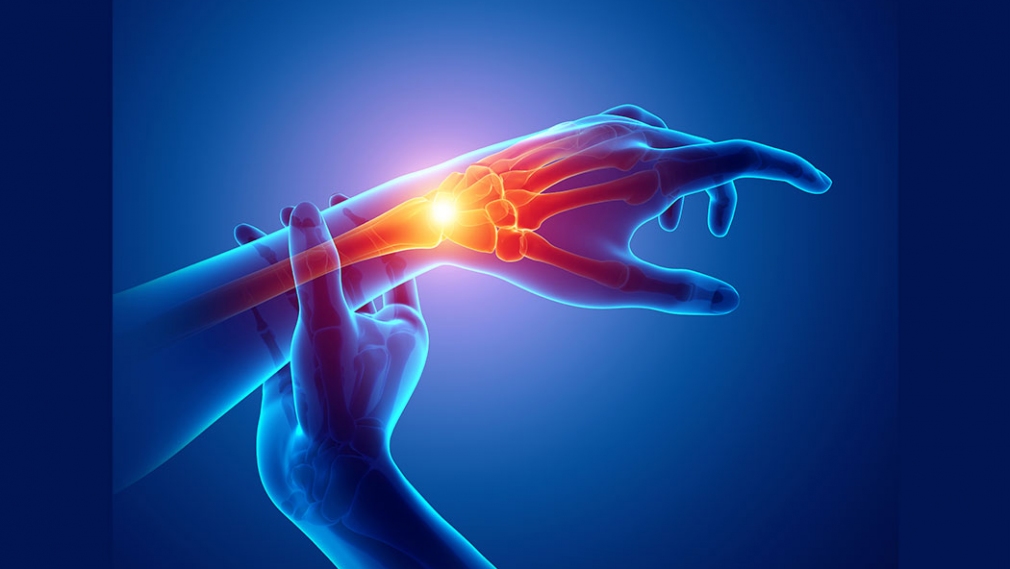
Approximately two billion adults and 520 million children globally experience dental caries. The prevalence of dental caries continues to increase in most low- and middle-income countries, disproportionately affecting marginalized and underserved groups. Additionally, oral healthcare facilities and providers are often unevenly geographically…




